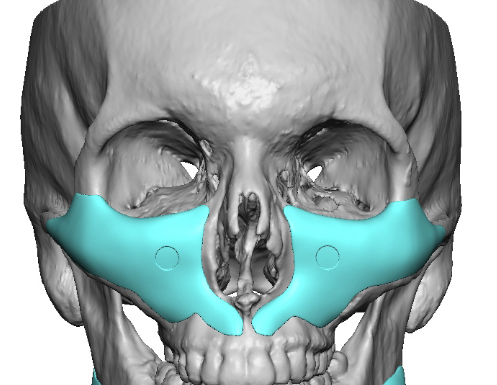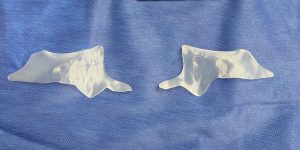Custom implants are a paradigm shift in aesthetic augmentations of the midface. While there are numerous off-the-shelf augmentation options such as cheek, tear trough, and pyriform aperture (premaxillary and paranasal) implants, their effects are limited or only a subtotal midface enhancement. While this is what the vast majority of patients seek there is a subset of patients seeking a more complete or total middle third of the face projection increase.
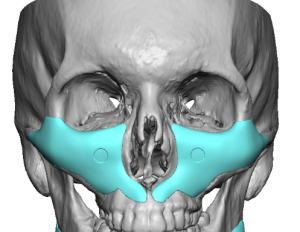
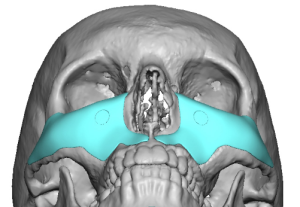
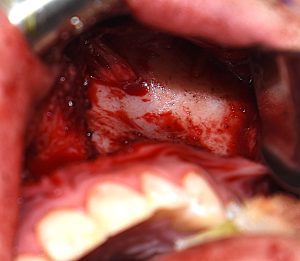
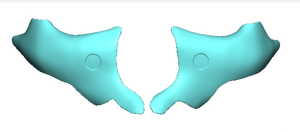
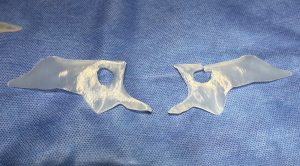
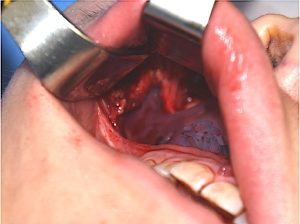
The custom midface implant, often called the mask implant, provides complete coverage of the midface around the pyriform aperture centrally and the orbits superiorly. Successful placement requires navigation around the infraorbital nerve superiorly as well as a good cuff of soft tissue inferiorly for a competent closure.,
Dr. Barry Eppley
World-Renowned Plastic Surgeon

